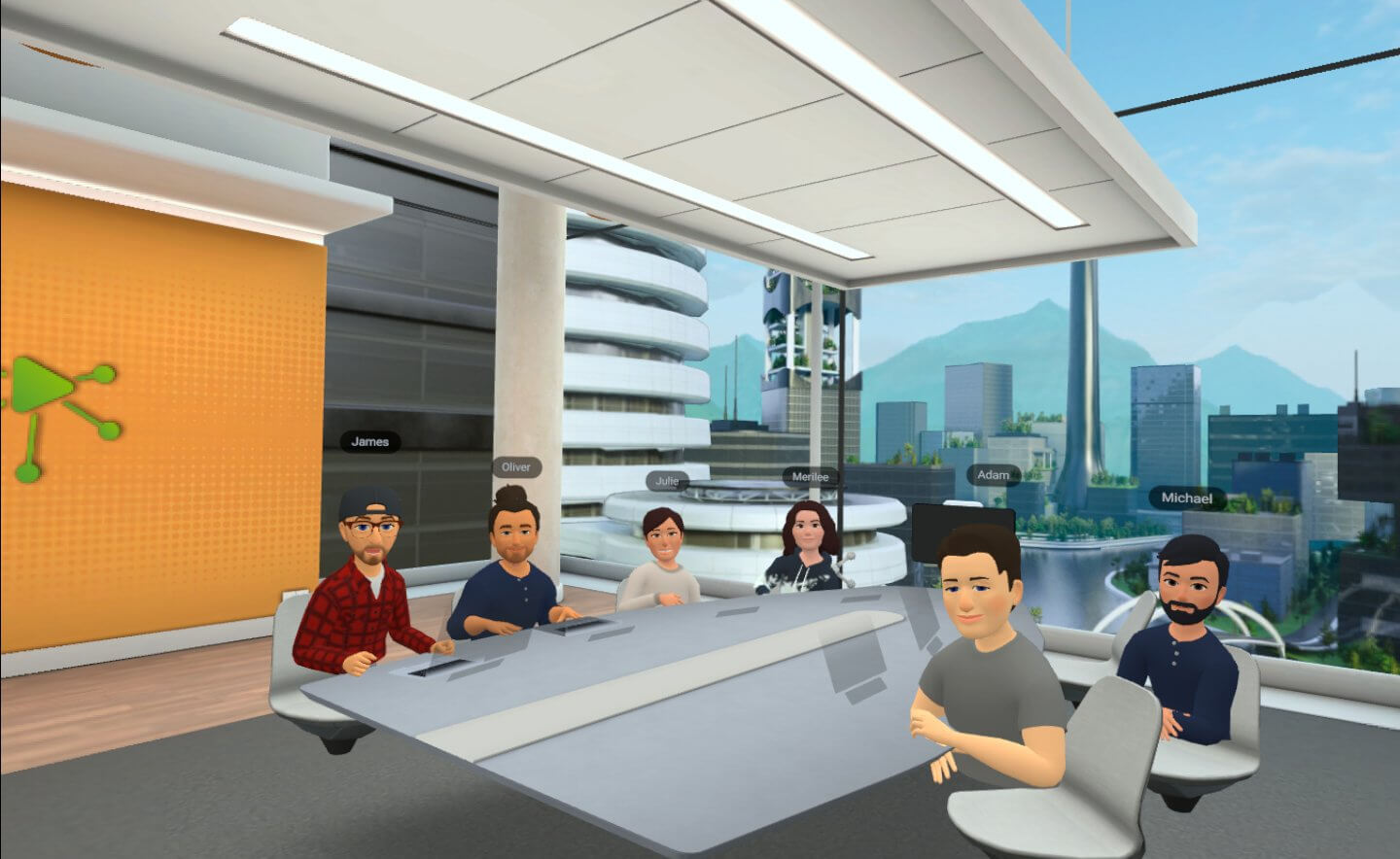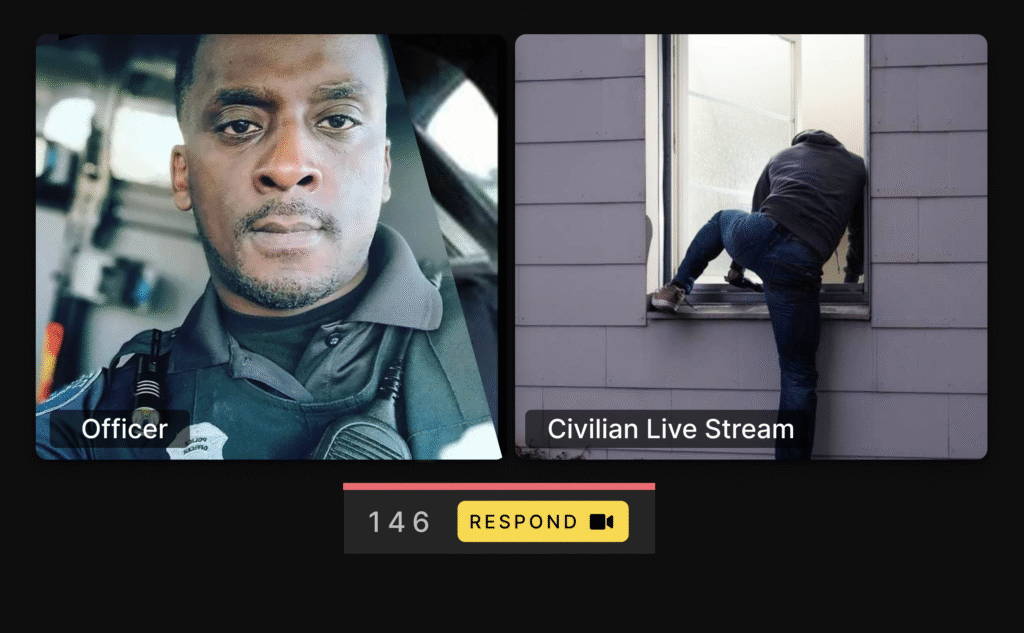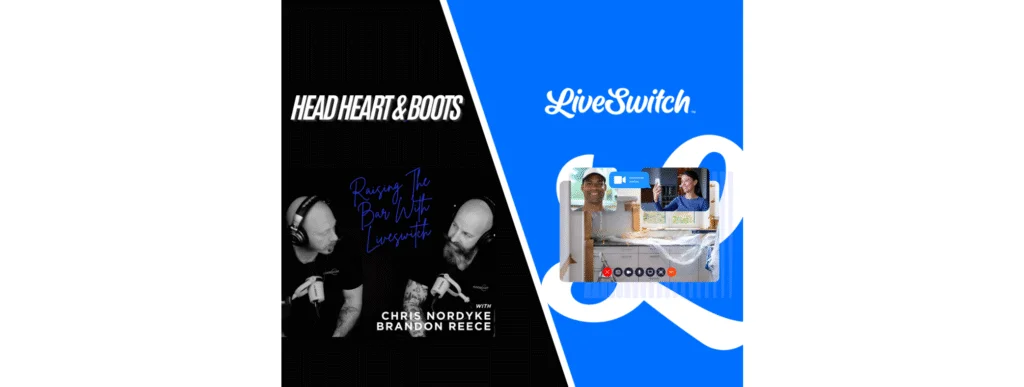Hybrid work has taken root. Gartner forecasts that 51% of global knowledge workers will be working remotely at least part-time, and this is a great development for both employees and employers. However, everyone has had to make adjustments to make hybrid work models actually work.
Our teams have had to coordinate schedules and shared workspaces while also adopting technology to keep work-from-home employees secure and productive. Our managers have had to rethink how they engage and empower workers to do their best work. And though hybrid work is the top preference of most employees, remote workers can still feel left out of office culture and opportunities for promotion while current hybrid work technology leaves them feeling detached, isolated and bored.
It is not easy to enable great collaboration and in-person energy outside of a shared office. The result is this familiar shrug: “Remote work is great for some tasks, but it will never be as good as in-person work for collaboration.”
As someone passionate about the future of video technology, I disagree. We can make hybrid and remote work as engaging as in-person cooperation. This means we must get creative in how we marry work culture and remote work technology by applying the right solutions to the right scenarios. In other words, we need to do better than another godawful Zoom call.
The path to better hybrid work begins and ends with human connection.
Marrying work culture and remote work technology does not mean wanting to make hybrid and in-office work experiences the same. There’s plenty about the shared office experience that we don’t need to emulate in remote work, including lack of control over our workspaces, easy interruptions and coworkers microwaving leftover fish in the break room. Instead, we need to cut to the core of what’s currently missing in hybrid work: feeling seen, heard and connected to our colleagues.
The ideal is not a virtual office with VR desks and cubicles. We need hybrid work technology to enable and encourage real time social interactivity, like coworkers casually catching up before a meeting begins. To make this interactivity possible, the remote work technology we use must create a sense of presence with others. Our employees need to be seen and heard in virtual interactions, beyond simply being another face on a video conference grid. All these requirements should come together in a dynamic virtual space for a real human connection that transcends a typical video conferencing meeting.
The vital role of context in enabling great hybrid work connections.
Key here is using the right connective technology for the right context. A company town hall is a different context from an industry event, which is a different context from a one-on-one meeting. Because the goals, atmosphere and needs of each of these scenarios are different, it is vital that we, as business owners and leaders, adopt the right technology solution to the right use case rather than buying a bunch of videoconferencing licenses and calling it a day. In running LiveSwitch, I cannot claim to have figured out the perfect solution for every work context, but here’s how we’re exploring new ways of doing virtual meetings in different contexts: town halls, industry events and small meetings:
- Town Halls – No Small Magic – Showboat: In a few clicks, anyone can join this 3D environment to enable community and connection. We love how ShowBoat lets every participant see each other’s avatars in the space without forcing everyone to be on camera. LiveSwitch employees can catch up with coworkers inside the 3D space, then head to the main presentation area to view slides or video together on the in-environment big screen.
- Industry Events – The Famous Group – Virtual Seat: Instead of the same-old static screen webinars, we’re using this virtual stadium experience to create a right-there experience for large-scale conferences. Using two-way broadcasting, presenters can interact with thousands of live participants and get real-time reactions to everything they share.
- Small Meetings – Spatial.io: We’re beginning to use this VR collaboration platform to create shared virtual spaces for smaller meetings at LiveSwitch. Coworkers across the planet can don VR headsets and embody avatars stylized on their own appearance inside custom 3D environments, making the average meeting into a dynamic collaborative experience.
For sales meetings, we use our own platform, LiveSwitch Video. We developed it to be simple–it doesn’t require downloads or setup. We can send participants a link to join a meeting, and with one click, they enter a video collaboration space. It’s also what our team calls a “share-ready” space that you can pin with your pictures and interests to break that ice a little faster.
Our hope is to have a hybrid work environment that allows our employees to thrive, whether they are at the same table or working from home.




